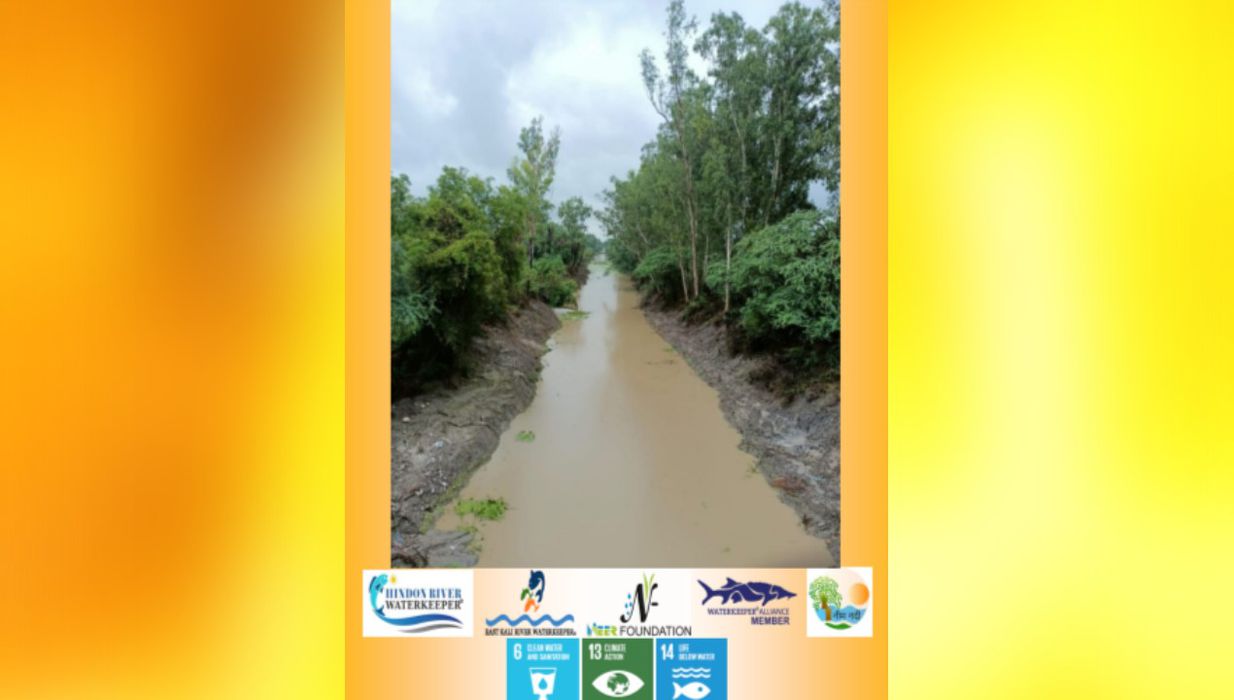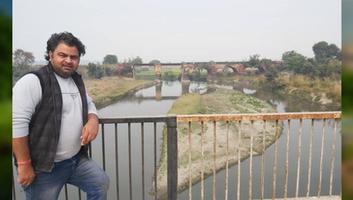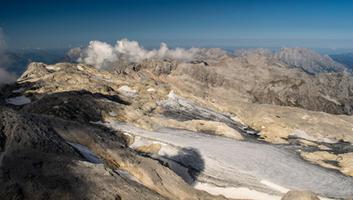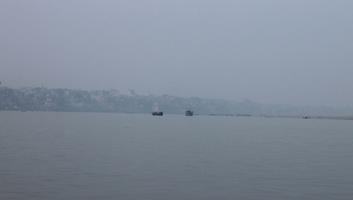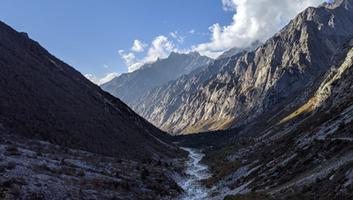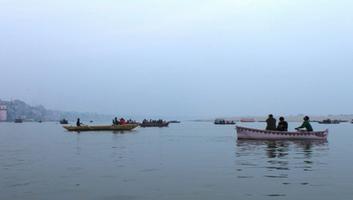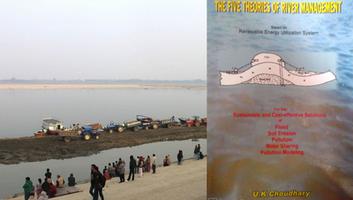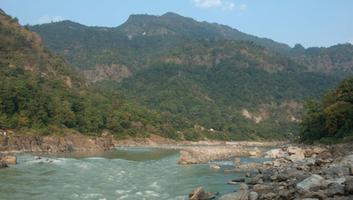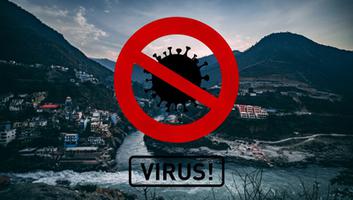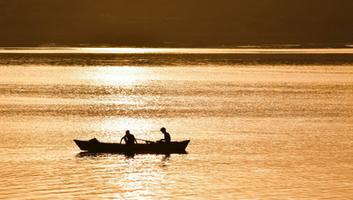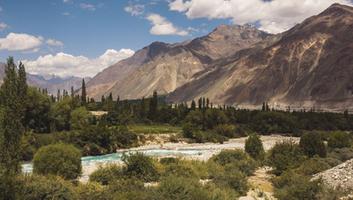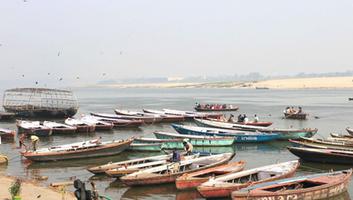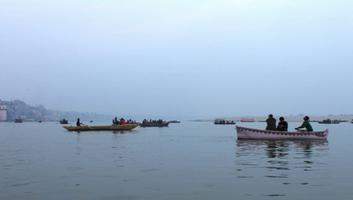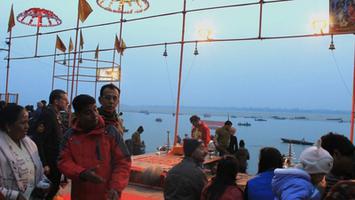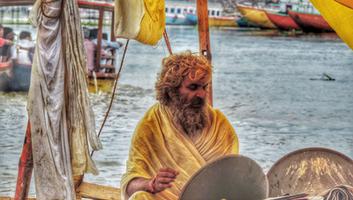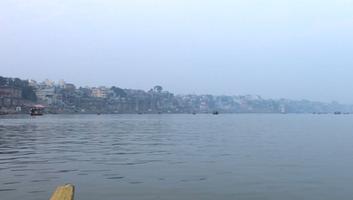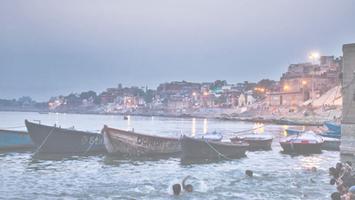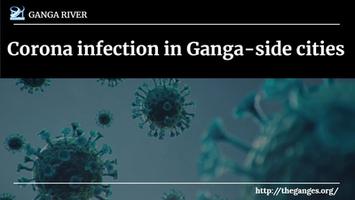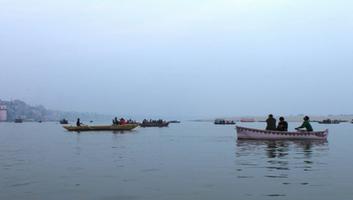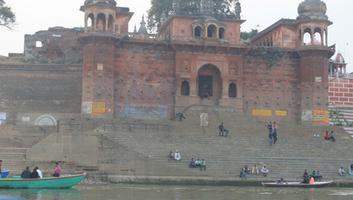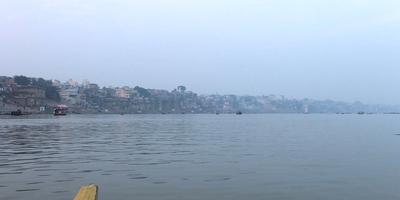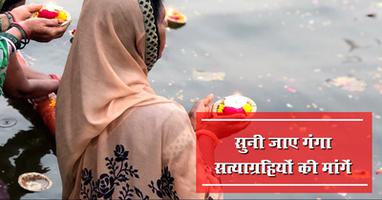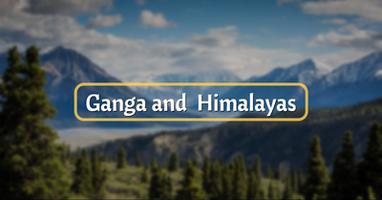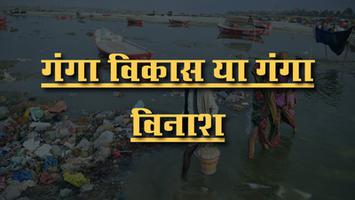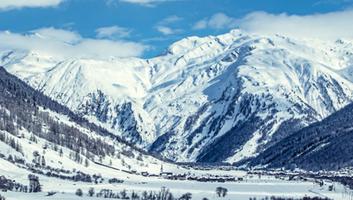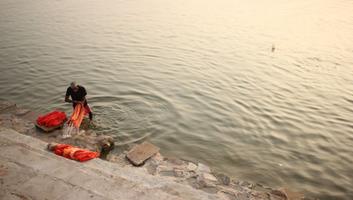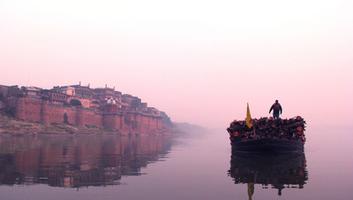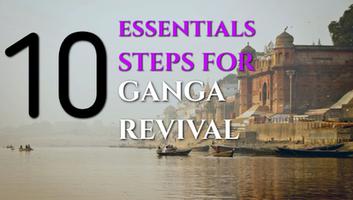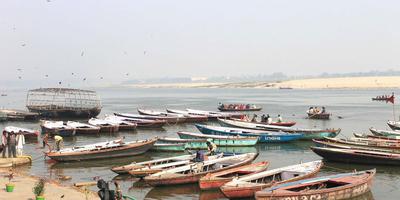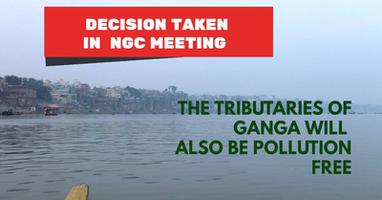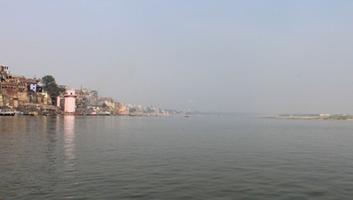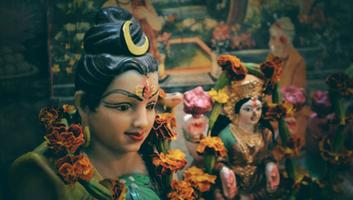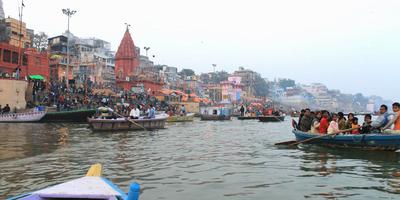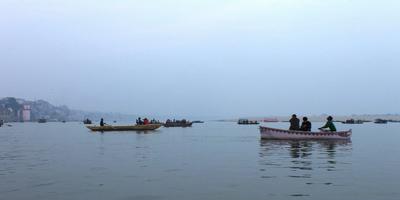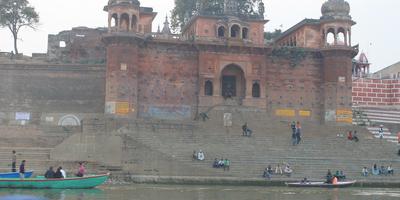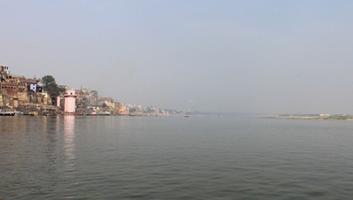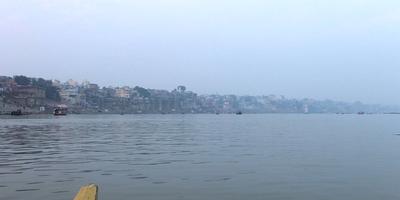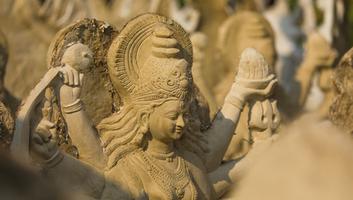Raman River Rejuvenation Model
- By
- Deepika Chaudhary
- February-16-2022
Raman River Rejuvenation Model
WHY NEED THIS MODEL?
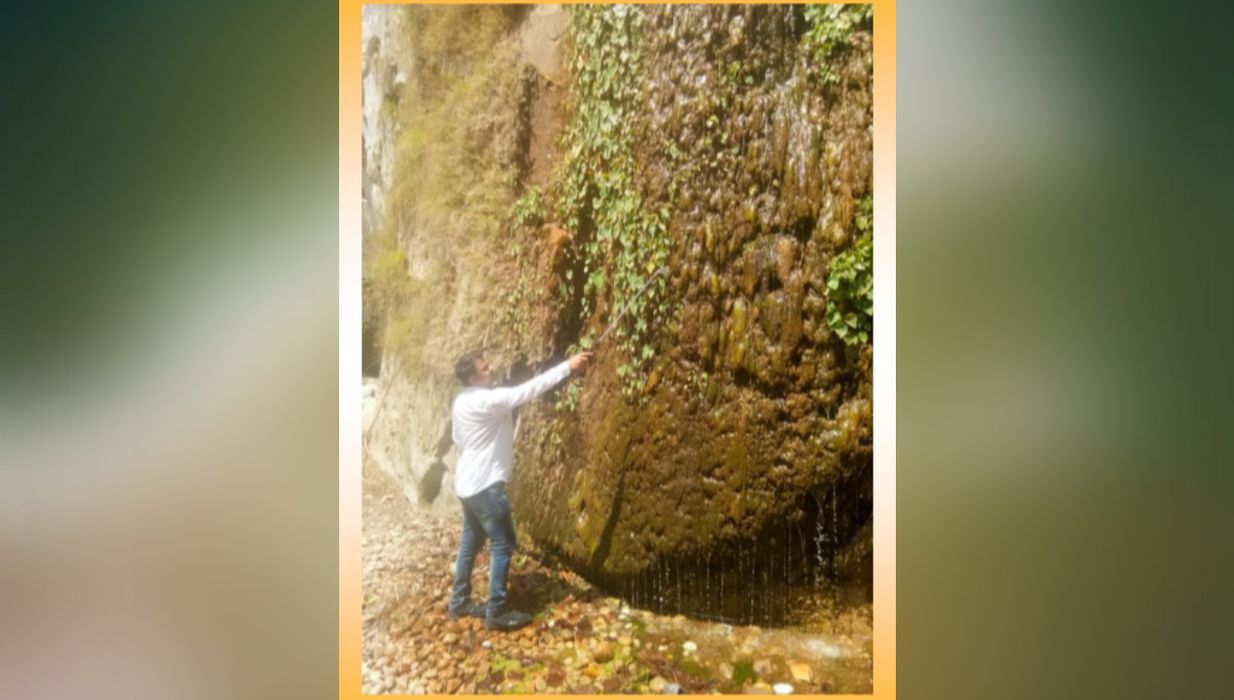
RRR MODEL
This is a very simple model. Some of the measures suggested in this, show immediate results and some have long-term results. By adopting this model, any small and rainy river can be revived in five to ten years. This model will bring prosperity for the society living on the banks of the river. While the river is an important part to implement this model, the movements of one KM from both the banks are also very effective. The work suggested in this model can be successful only with the collective effort and cooperation of the society and the government.
Ten Basic Points of RRR Model
Knowledge of the River
Marking of River land
Revival of the River origin
Liquid & solid waste management
Cleaning of the River stream
Public awareness
Intensive afforestation
Rejuvenation of natural water resources
Chemical free farming
Construction of small dams

1. Knowledge of the River
काम से पहले नदी का ज्ञान,
तब ही बनेंगे नदी के काम..!!
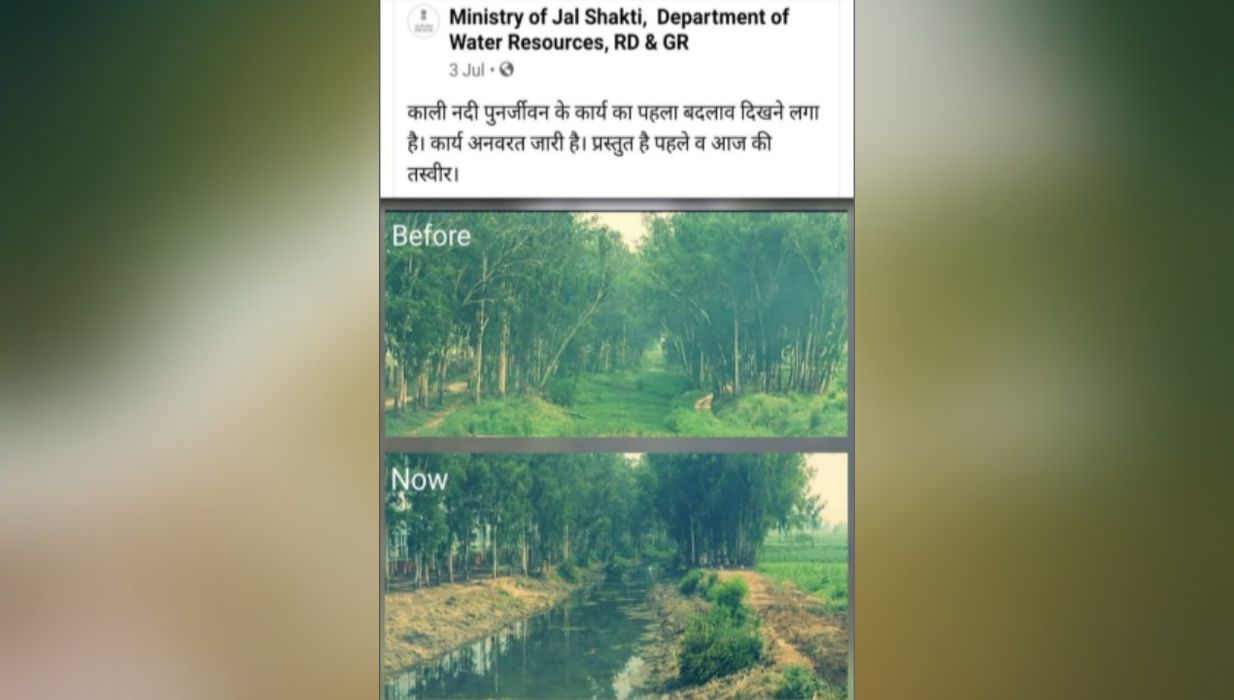
2. Marking of the River Land
नदी होगी जब कब्जामुक्त,
तब ही बहेगी पानीयुक्त..!!

3. Revival of the River Origin
नदी उद्गम में जब पानी होगा,
तब ही नदी का बहाव बनेगा..!!
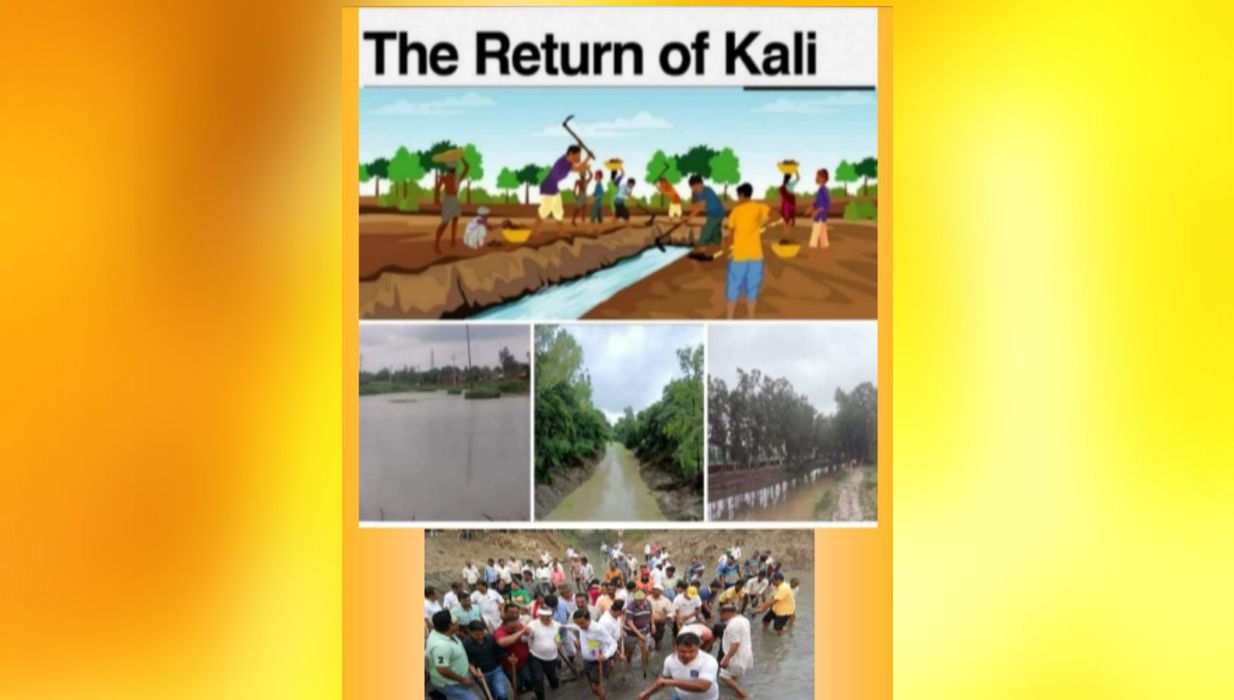
4. Liquid & Solid Waste Management
जब नदी में न जाएगा कचरा-बहिस्त्राव,
तब निर्मल बनेगा नदी का बहाव..!!
In this work, the work of any social organization or other groups working for the river is limited, because stopping the effluents of domestic and industries is a complex process that only the government can do. In this work, where a lot of rules and regulations are used, its financial burden is also high. In such a situation, social organizations or groups can help the village to use natural water treatment methods to stop the flow of dirty water into the river. Although the participation of villages in this work will be less while that of towns and cities will be more, but for this awareness work should be done in the villages also. While the management of liquid and solid waste coming out of cities and towns will have to be done, the industries which pour their liquid and solid waste through any medium in the river will have to be curbed. For this some concrete steps must be taken by the government. ETP is installed in every industry, and it must be ensured that it is operated properly. STP for liquid waste and proper arrangement for solid waste disposal should be made in every city and town. For the flow of the river to be uninterrupted and pure, it is also necessary to clear its flow path. It is very necessary to completely clean the dirt of the river's stream or flow path once.
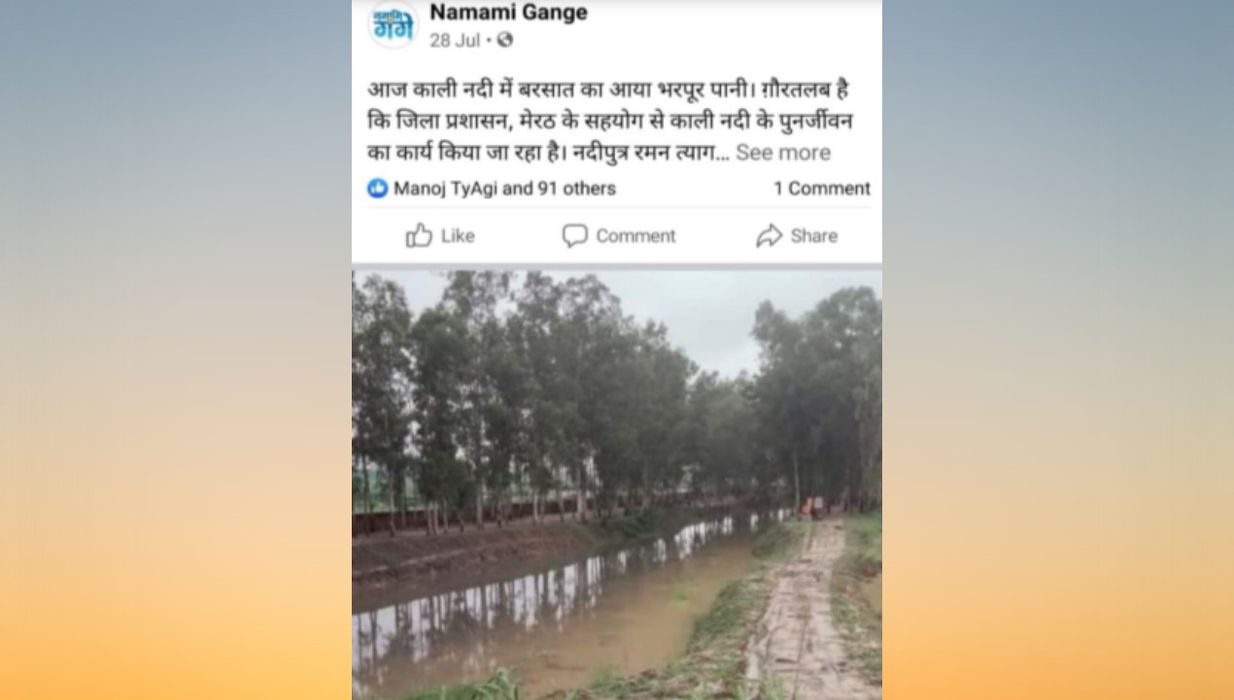
5. Cleaning of the River Stream
नदी मार्ग जब साफ होगा,
तब ही निर्मल नीर बहेगा..!!
To make the flow of any river, it is necessary to clean the main way of its flow area. It is often seen that the areas downstream of small rivers are littered with dirt or they are illegally encroached upon. In such a situation, we should clean the area of river flow from both the banks and the bottom. This work can be done in a better way by fixing the responsibility of cleaning the area of the river flow in which the village/town/city comes. The filth coming out of the river should not be dumped on the banks of the river but should be thrown so far from the river so that it does not come back into the river by any means.
6. Public Awareness
गांव-गांव जब हाथ बढ़ेंगे,
नदी सुधार के काम बनेंगे..!!
Public awareness work about the river will have to be promoted in villages, towns, and cities within one KM from both the banks of the river. In this, street plays, wall writing, competitions in schools, village-to-village journeys, street meetings and public awareness meetings should be done prominently. Whatever work a common citizen can do for his river rejuvenation, information about all those works will have to be conveyed to the village/town/city through public awareness. Such a program of public awareness will have to be conducted so that all the residents of the river banks agree to fulfil their duty towards the river. There should be public awareness among the villagers about all those subjects which are necessary for river rejuvenation. In which chemical free agriculture, plantation, ponds conservation, balanced use of water, waste disposal and cleanliness are the main topics.
7. Intensive Afforestation
नदी किनारा रहे न खाली,
पेड़ करें उसकी रखवाली..!!
8. Rejuvenation of Natural Water Resources
कस्ला-गैंती आओ उठाएं,
अपना तालाब स्वच्छ बनाएं..!!
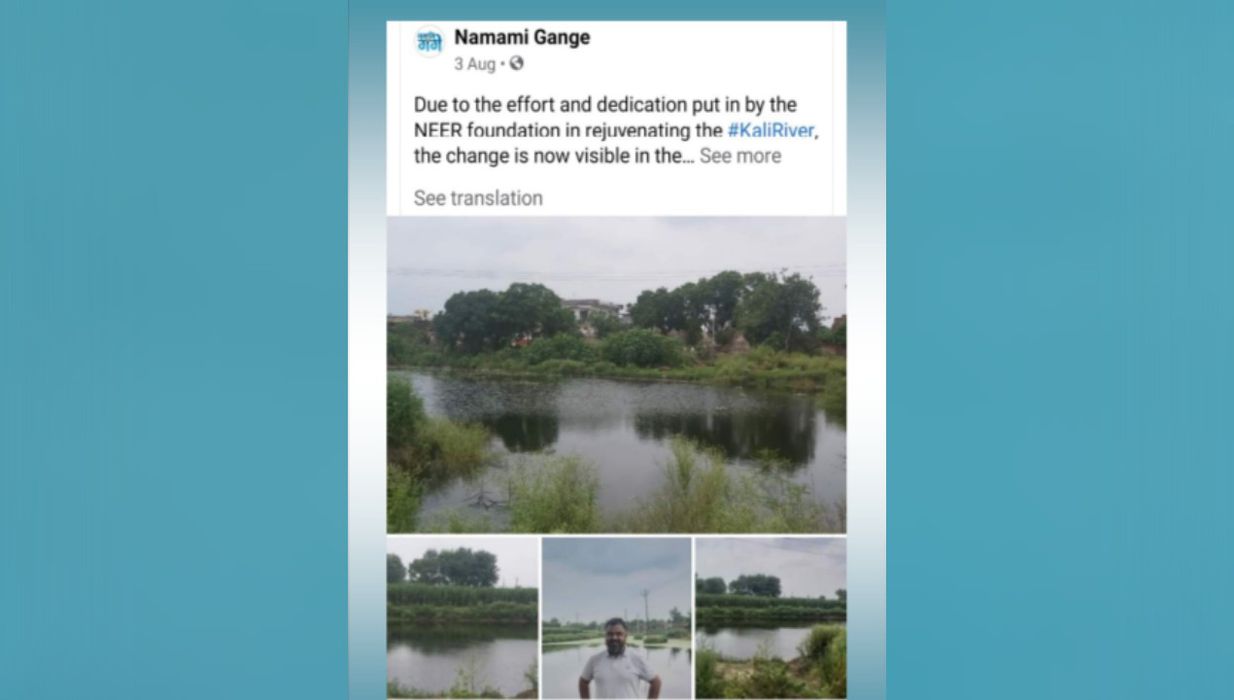
9. Chemical Free Farming
फसल होगी जब रसायनमुक्त,
नदी बहेगी तब गुणयुक्त..!!
Agriculture up to one KM from both the banks of the river will have to be chemical free. By stopping the use of any kind of chemicals and pesticides in any crop, agriculture will have to be done there by natural methods. With this, where the crop products will be pure and nutritious, the quality of agricultural soil will improve. Due to the continuous use of chemicals since the Green Revolution, their particles slowly seep into the groundwater. Chemical-free farming will also improve the quality of groundwater and the chemicals and pesticides that used to flow into the river with irrigation water or rainwater will also be prevented. In this work, the benefits of agriculture related schemes of the concerned district can be taken.
10. Construction of Small Dams
जब बांध बनेगा धारा पर,
तब ही भरेगा नदी का घट..!!
When the disposal of liquid and solid waste in the river is completely banned, then small dams should be constructed at a certain distance according to the situation. Where there is no pollution in the river, small dams should be built. Through these dams, where we will retain water on the surface of the river, we will also be able to send it to groundwater. With this water will also be available to the residents, birds and animals etc. The work of building a dam on the river should be done only after getting technical assistance from the local minor irrigation department, land conservation department, irrigation department or subject expert, the type and distance of the dams.
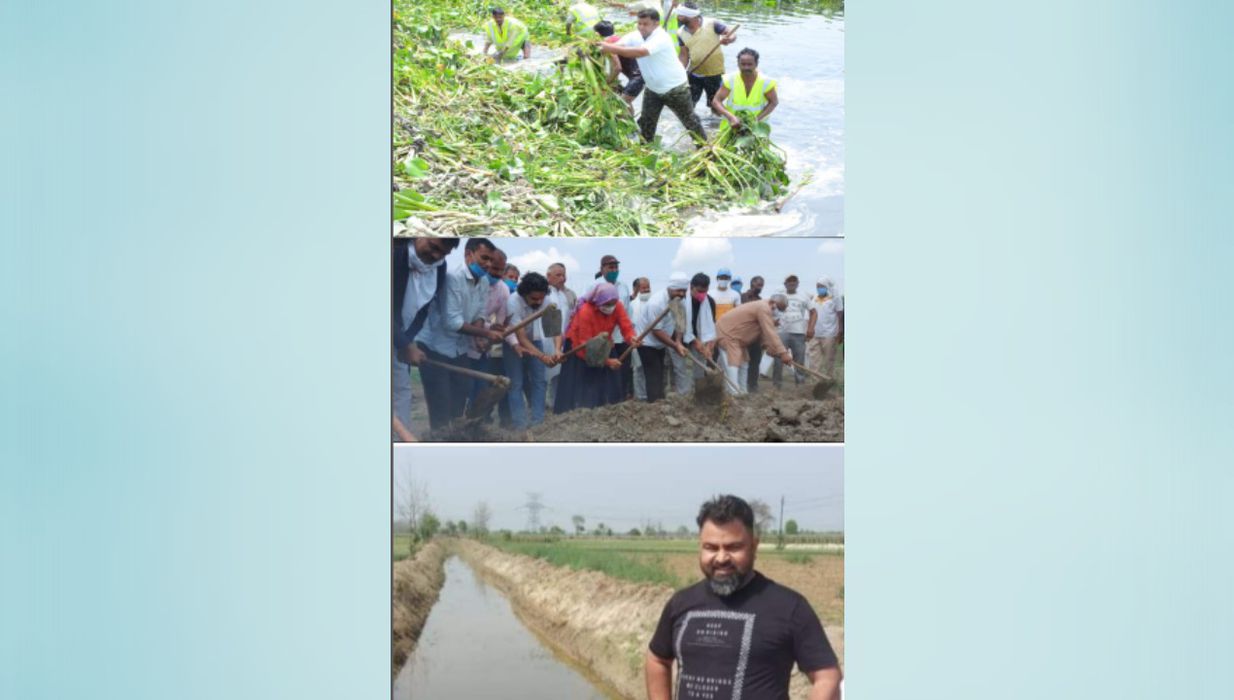
Action Strategy
My River - My Initiative program can be conducted to implement Raman River Rejuvenation Model, as 10 Mantras works can be systematically completed through it.
My River - My Initiative
MRMI should be started as a social initiative for river improvement. Its purpose is to connect and support the society along the riverbanks with the positive efforts of the governments. All the work done under this program can be done only with the cooperation of the society and the local administration. This is one such social initiative in which any common man can contribute in any way in the conservation of his river. Under this initiative, the society situated on the banks of the river and the society affected in any way by the river can contribute from their level, understanding their responsibility.
My River - My Initiative Draft
A Central Committee is constituted in MRMI. A district committee is formed in each district of the river flow area. A village committee is formed in each village/town/city on both the banks up to one KM away from the rivers. There are five members each in central, district and village/town/city. A media committee of two members is constituted at the central level. The selection of district and media committees will be done by the central committee and the selection of village / town / city committees will be done with the consent of the central and district committee of the concerned village. All the members of all the committees will be working in this field, subject experts and retired officers who will be unpaid. On the basis of these committees, a river council is constituted. River improvement can be completed through this river council.
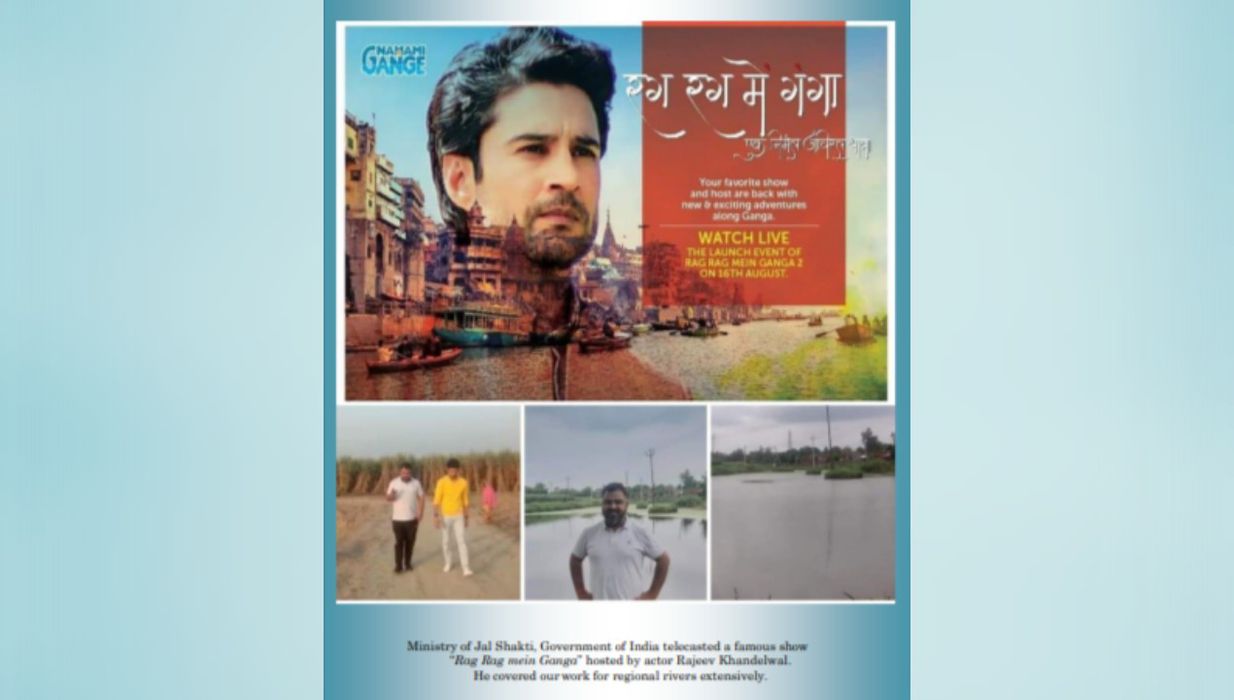
My River - My Initiative Volunteers
Under this program, volunteers of MRMI are appointed in the villages along the banks of the river. Any common man can become a volunteer who believes that he wants to contribute something for his river. These volunteers can contribute from anywhere and in any way. Any volunteer can submit his plan for contribution to the conservation of the river in front of the Central Committee of MRMI. These volunteers will be the real protectors of the river. These volunteers will play a cooperative role in every work of river conservation. Volunteer Conferences may be organized from time to time as per convenience whereas an Annual Conference is mandatory. All the works of Raman River Rejuvenation Model will be done by volunteers with the help of village/town/city, district, and central committee. Following are some of the functions.
My River - My Initiative Promotion
To make this program successful, the help of various publicity media can be taken. This includes Facebook, Twitter, Mobile App Portal, Website, Logo, Mouthpiece (Hindi, English & Local Language), Pamphlets, Pamphlets, Stickers, Banners, Wall Writing and Documentary Film etc.
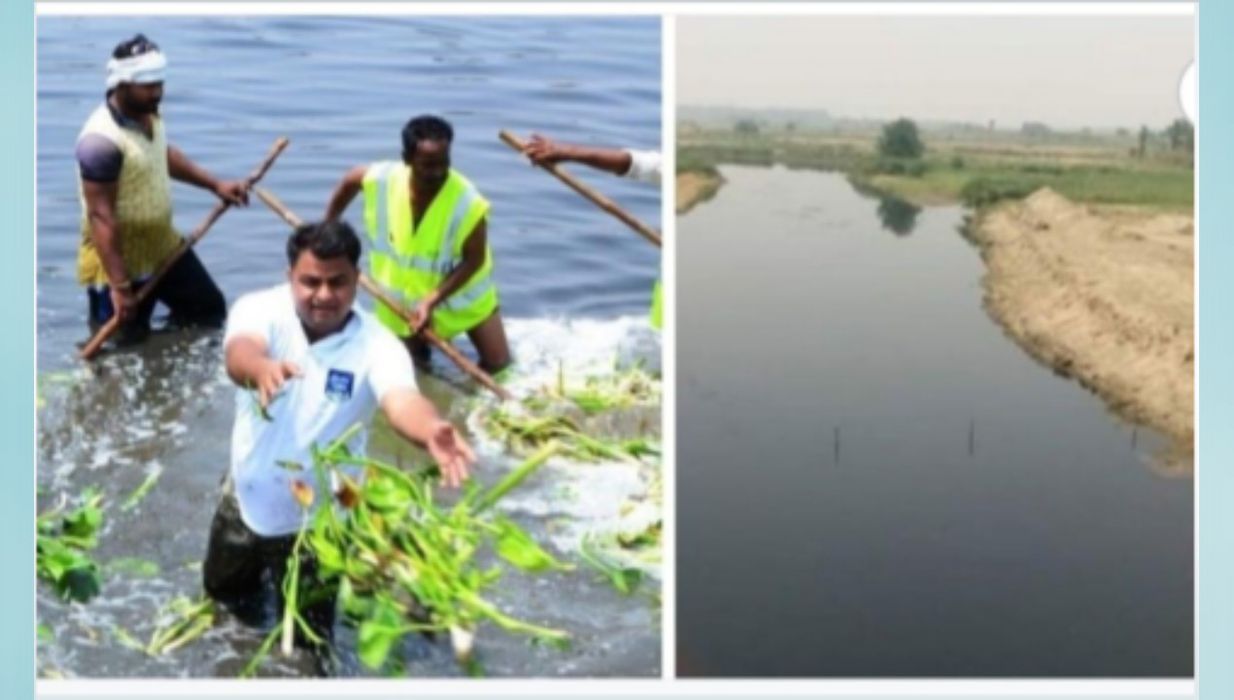
Note
The river on which even 80 percent of the plan of the above 10 basic elements are applied, then that river will return to its original existence in 5 to 10 year’s time. To implement all the 10 elements, it is necessary to prepare a detailed road map for a particular river.
